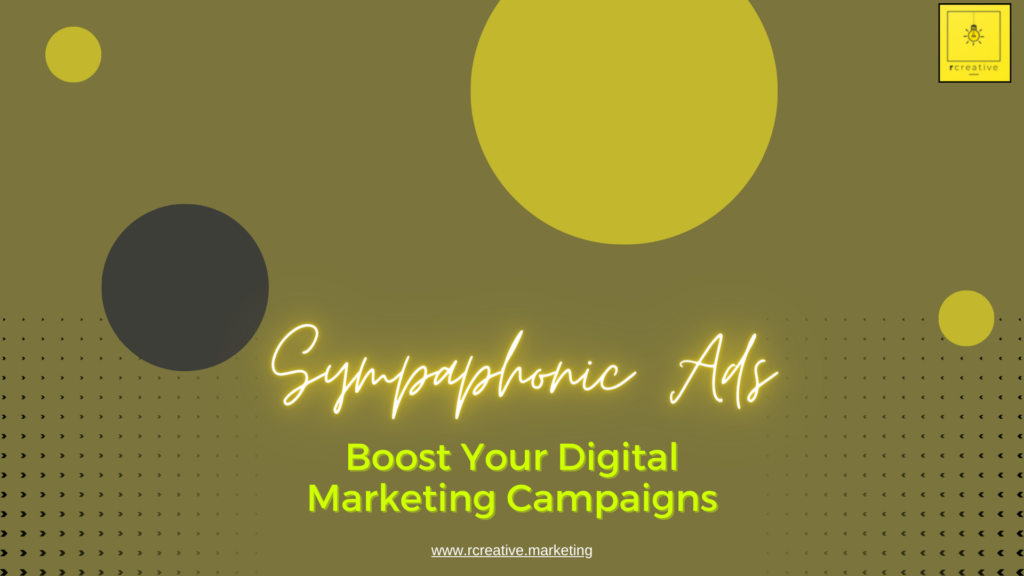How to Grow Your Ecommerce Store with Killer Content
If you're running an ecommerce business, then you'll know how important it is to stay connected to your customers. Any ecommerce company requires sales to thrive, but one-off sales from the occasional client isn't enough. You need to find a way of transforming the traffic that happens upon your business website into dedicated clients for your company. That's where killer content comes in. Ultimately, in today's highly saturated online market, it's not enough to simply have a great product or service that you can deliver to your customers. You also need to build a relationship with your customers - that's where content marketing is so essential. Content gives you a way to connect with your customers on a deeper level and show them the value of both your brand and the things that you sell. The right content can make your audience "fully connected" to your brand. Statistically, fully-connected customers are 50% more valuable than their counterparts. So, how do you deliver killer content? [text_with_frame id="368c1dbfefba91dceb946d322e0e86bc" content="‹¨›p‹˜›‹¨›em‹˜›If you find this article helpful consider giving it a share‹¯›nbsp;‹¨›/em‹˜›?‹¨›/p‹˜›" line_color="rgba(0,0,0,.07)" text_font="body" heading_font="heading" animation="none" animation_speed="2" animation_delay="0" __fw_editor_shortcodes_id="e6852c2dacc162bc8c34ba646905e841" _fw_coder="aggressive"][/text_with_frame] 1. Get to Know Your Audience The first step in delivering fantastic content for your audience is figuring out who you're talking to. The more you know about your audience, the easier it will be to create the content that's most likely to capture and keep their attention. You can find out details about your audience by looking at the previous sales conducted by your organization. Other options include sending out surveys and questionnaires or simply performing a competitive analysis to discover what kind of customers other brands in your niche are trying to attract.…
How to Stay Focused on Your Creative Tasks – And OFF of Social Media
Creative work is challenging - both in the act of actually creating and in the act of finding time to do so. More than half the battle in creating new content (of any sort) is finding the time and head space to simply sit down and do it. Outside distractions suck so much time, especially if that time is a few hours one afternoon to work on a your company's blog posts. These distractions, like customers in your shop, children trying to break into your home office, or a contractor working on your building, can all get in the way of sitting down at the computer to work. But once you’re at the computer, you might even find the distractions beyond your open Word doc or WordPress admin panel are much more attractive and urgent than the work at hand. Emails, social media, news sites, and even needed technical updates can all suck the productivity right out of your block of work time. So how do you overcome overwhelm when you sit down at the computer? And, maybe more importantly, how do you curtail the “Twitter break” that turns into an hour-long trek down a rabbit hole of political debates or a sidestep into your Facebook feed and catching up with old friends? Here are some helpful ways that you can cut the virtual clutter and get right to work when you sit down to create: Schedule Time for Everything You schedule your meetings, lunch break, and everything else that you do in your work day, but what about when you sit down at the computer? Cracking open your laptop screen might signal the beginning of a block of work…
Should you pay per project or per hour for your web development and design?
If you are in the market for web-development you will eventually be presented with a pricing model for the services you're requesting. One Facebook user recently commented on a request for WordPress support that "eventually developers will slap a price on it". Well if you are in the market for web development services you are already aware that there will be a cost associated with it. What you may not be aware of is the different pricing models used in the market. There are generally two pricing models you could be presented with: per project or per hour. Some web developers and web designers will only follow one pricing model while others will use either one depending on the circumstances (or give you, the client, a choice). You may be wondering... Which pricing model should I prefer? Is one better than another? What are the dangers I should watch for with these pricing models? What benefits do these pricing models have? We at Rystedt Creative think that you should be empowered as much as possible when shopping for creative content. So, to that end, here's our list of pros and cons for paying per project vs paying per hour: [text_with_frame id="368c1dbfefba91dceb946d322e0e86bc" content="‹¨›p‹˜›‹¨›em‹˜›If you find this article helpful consider giving it a share‹¯›nbsp;‹¨›/em‹˜›?‹¨›/p‹˜›" line_color="rgba(0,0,0,.07)" text_font="body" heading_font="heading" animation="none" animation_speed="2" animation_delay="0" __fw_editor_shortcodes_id="e6852c2dacc162bc8c34ba646905e841" _fw_coder="aggressive"][/text_with_frame] Paying Per Project for Web Development Per project pricing is the most common pricing model among established web-developers, web-designers, and web firms. Consequently, if you have been shopping for web services you have probably already received some proposals with per project pricing. Con of paying per project: Despite being the most common pricing model amongst established professionals, per project pricing…
What’s The Real Cost of Creative Content?
When you think about working with a creative content professional to boost your brand or business, there are probably two things that immediately come to mind: First: “I’m going to get a personalized product that perfectly fits my business and brand!” And: “Holy crap! This is expensive!” If you were to order something like a customized ceramic pet food bowl from an artisan potter, you expect to pay more than you would for a similar product from, say, Walmart or PetSmart. You might pay three or four times more for a bowl that’s made without toxic chemicals or has a color scheme that you picked and your pet’s name etched into the side. The same rule applies when you are in the market for intangible creative products, like photos, design work or custom content. It’s hard to value creative intangibles when you’ve never shopped the market for them before. Often, people imagine that creative work should only cost them a little more than an out of the box product, like a subscription to a drag-and-drop web builder (Weebly, Wix, Squarespace), for example. And unfortunately, the internet – which connects businesses and individuals to any type of creative professional we could ever imagine – does a lot to devalue the hard work that creatives put into the products that they offer. This is a huge problem. [text_with_frame id="368c1dbfefba91dceb946d322e0e86bc" content="‹¨›p‹˜›‹¨›em‹˜›If you find this article helpful consider giving it a share‹¯›nbsp;‹¨›/em‹˜›?‹¨›/p‹˜›" line_color="rgba(0,0,0,.07)" text_font="body" heading_font="heading" animation="none" animation_speed="2" animation_delay="0" __fw_editor_shortcodes_id="e6852c2dacc162bc8c34ba646905e841" _fw_coder="aggressive"][/text_with_frame] What Happens When Businesses Devalue Creative Work? As a writer, I spend a small portion of my time browsing writing job postings to stay on top of emerging niches and content types that companies…



